FORT GORDON, Ga. Aca,!" (The Signal newspaper) In preparation for an airborne exercise out of UH-60 Black Hawk helicopters at 1,000 feet above the ground, parachute riggers, distinguished by their red hats they wear, own the responsibility of inspecting, maintaining, and packing parachutes to deploy safely.
Aca,!A"As riggers say, Aca,!Eoewe make the Airborne airborne,Aca,!a,,cAca,!A? said Sgt. Brent Johnston, a rigger and training noncommissioned officer for the 165th Quartermaster Company. Aca,!A"If it wasnAca,!a,,ct for us doing our job, these guys wouldnAca,!a,,ct be out here jumping.Aca,!A?
Riggers pride themselves of their skills to ensure every aerial delivery equipment, vehicle and Soldier lands on the ground safe.
While Soldiers of the 560th Battlefield Surveillance Brigade trained Nov. 13 at Fort Gordon, riggers issued parachutes to Soldiers and assisted with any on-site corrections dealing with straps, harnesses and the aerial delivery system. Problems that couldnAca,!a,,ct be fixed, Soldiers were sent to be issued another parachute.
To become a rigger, a Soldier must first be airborne qualified then undergo training, lasting more than three months, to become certified in the military occupational specialty conducted at Fort Lee, Va.
Pfc. William Preston, a rigger with E Company, 1st Battalion (Airborne), 507th Parachute Infantry Regiment, Fort Benning, Ga., supported the training exercise by adjusting and securing harnesses worn during the jump. Other riggers kept accountability of each parachute issued from Fort Benning, Ga.
Riggers accompany parachutes issued during training, because when they jump, a rigger is looking at the chute seeing if thereAca,!a,,cre any malfunctions of any kind, said Preston. Once on the ground, a rigger will annotate and document any issues with the parachute, especially if the jumper had to use their reserve parachute.
After landing, jumpers bag their parachutes and return them to the supply point at the drop zone where they will be taken back to Fort Benning, Ga. to be inspected, repaired if needed, and packed again.
Aca,!A"Every parachute I pack, IAca,!a,,cm confident to use any one of them to jump myself with,Aca,!A? said Preston.
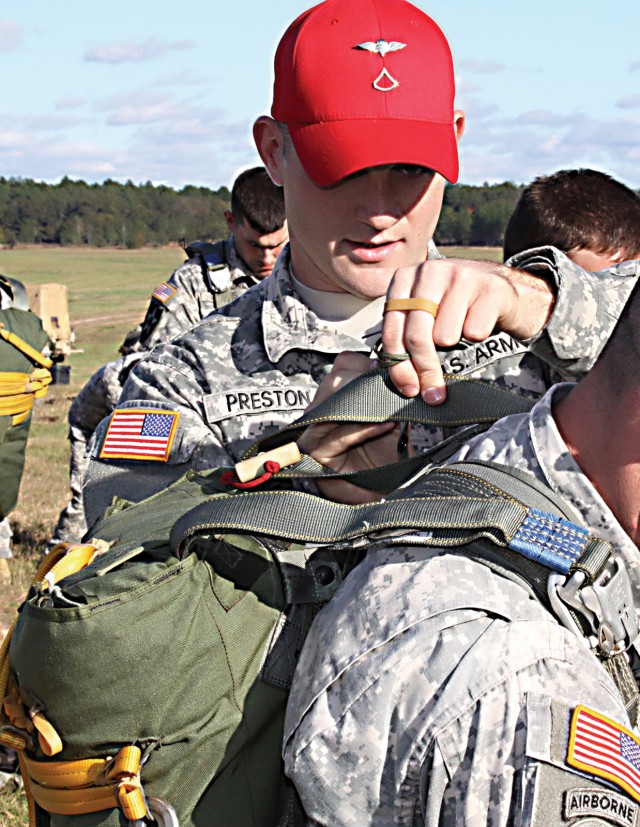
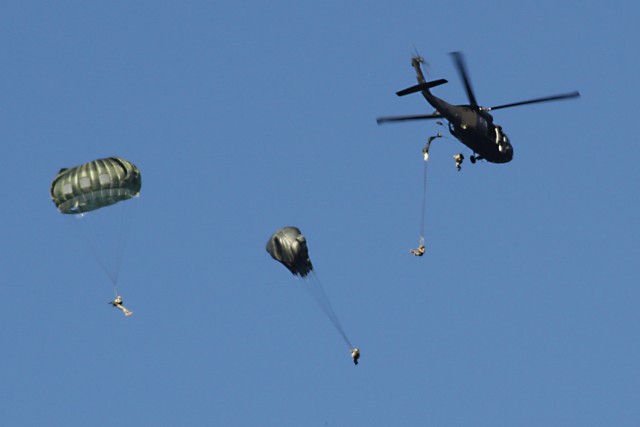
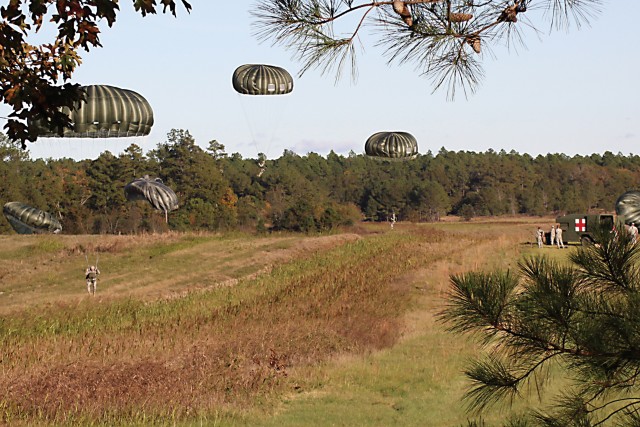
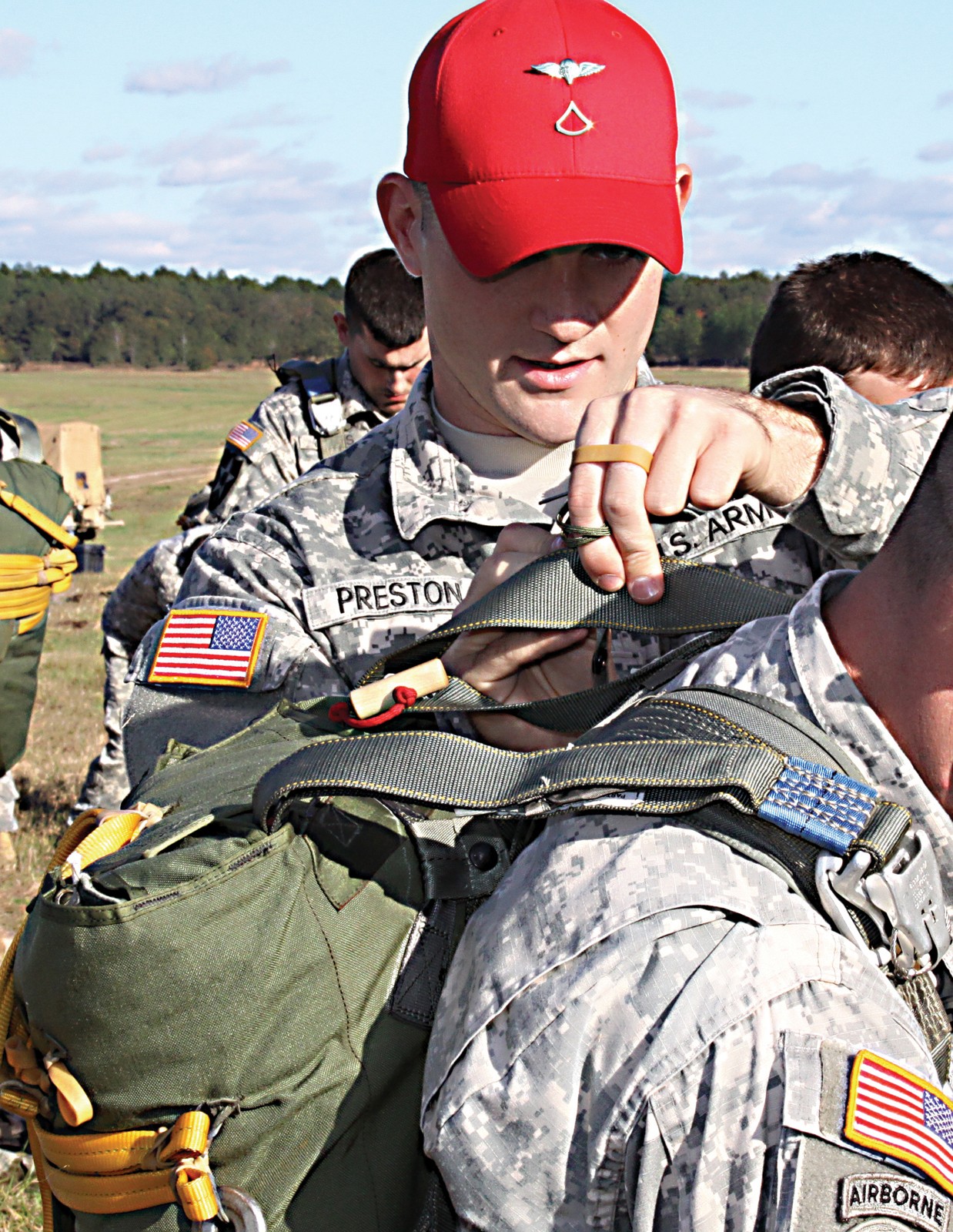
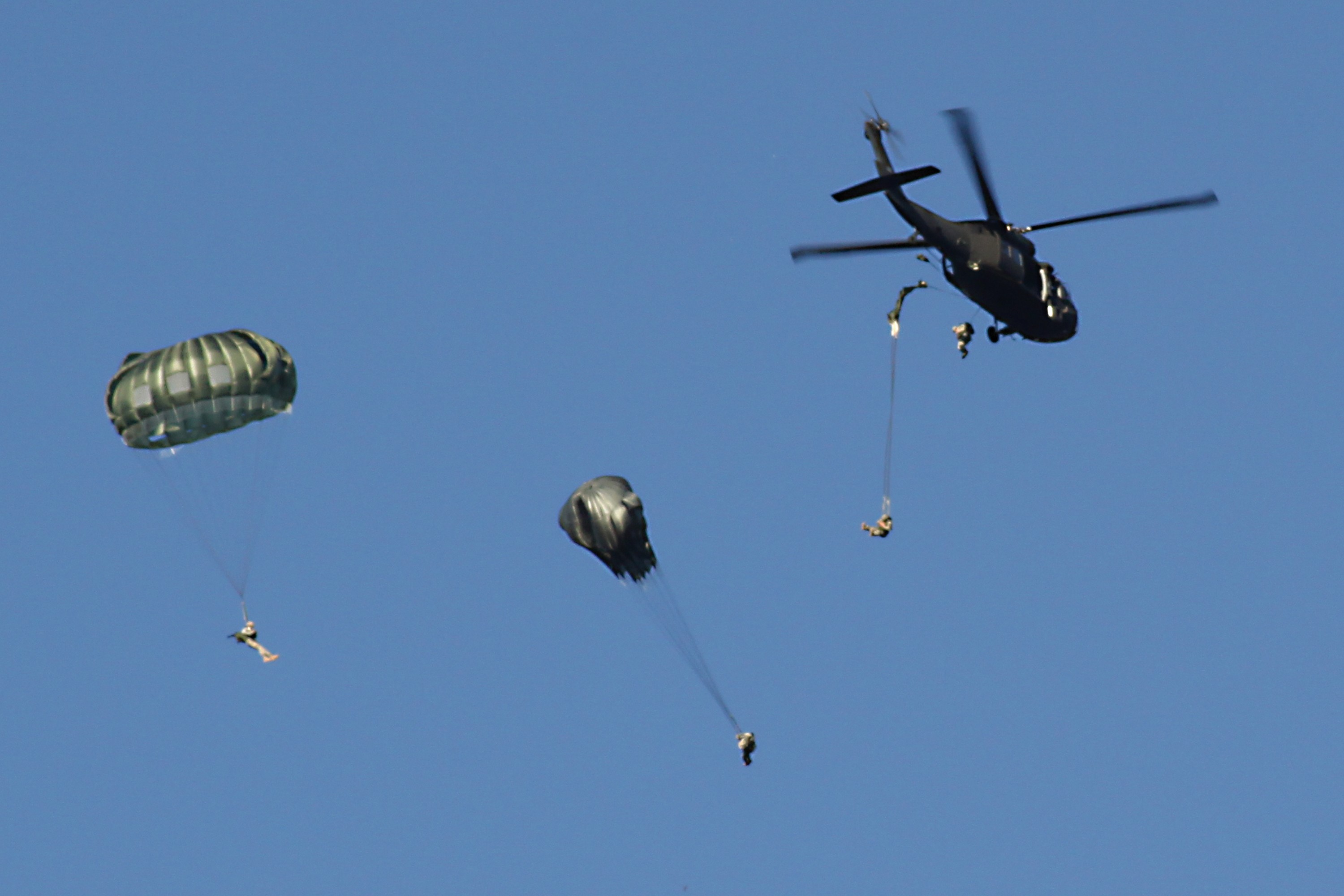
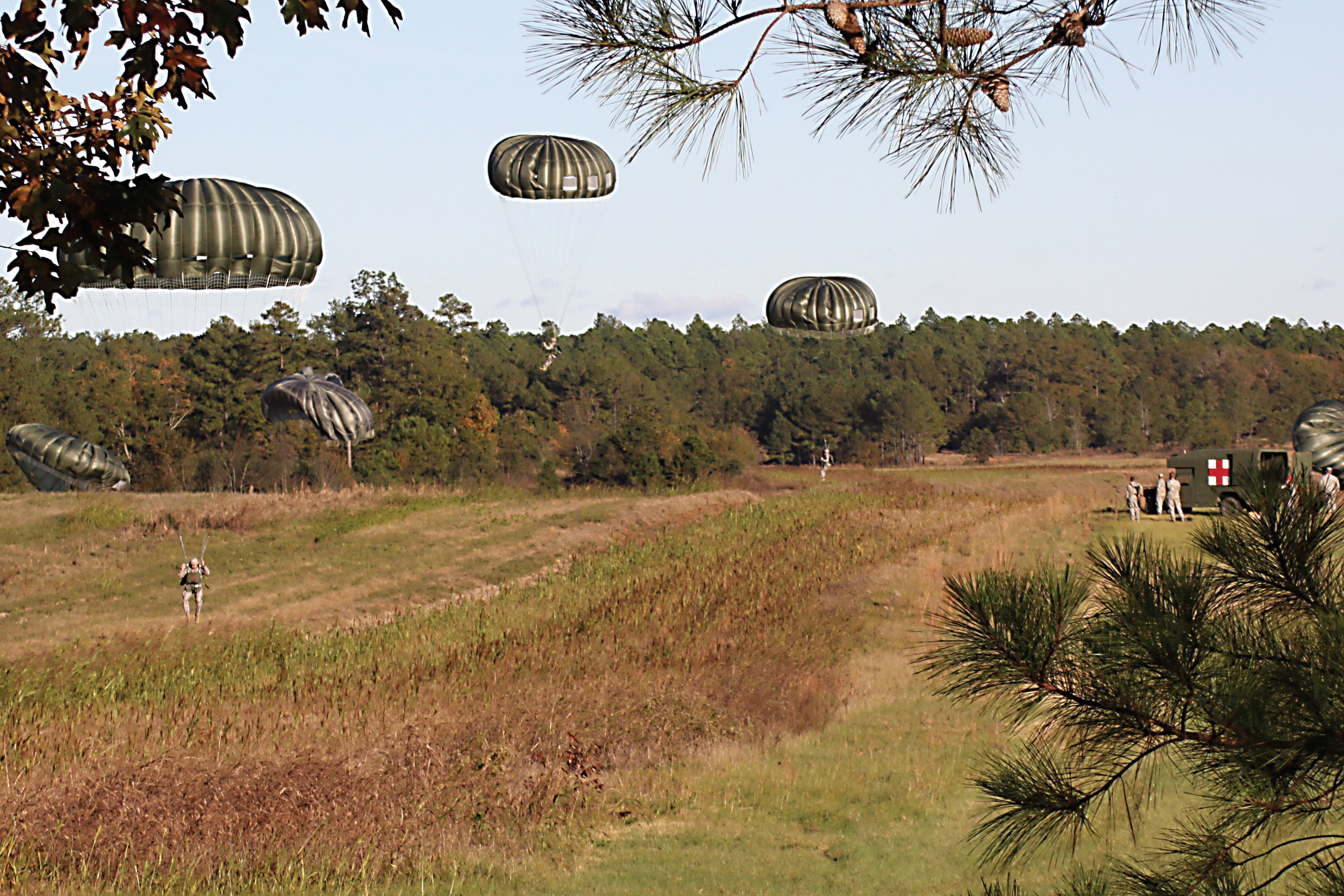
Social Sharing